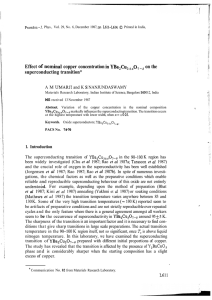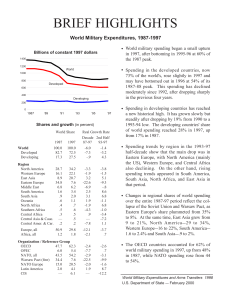Task-based Instruction
advertisement
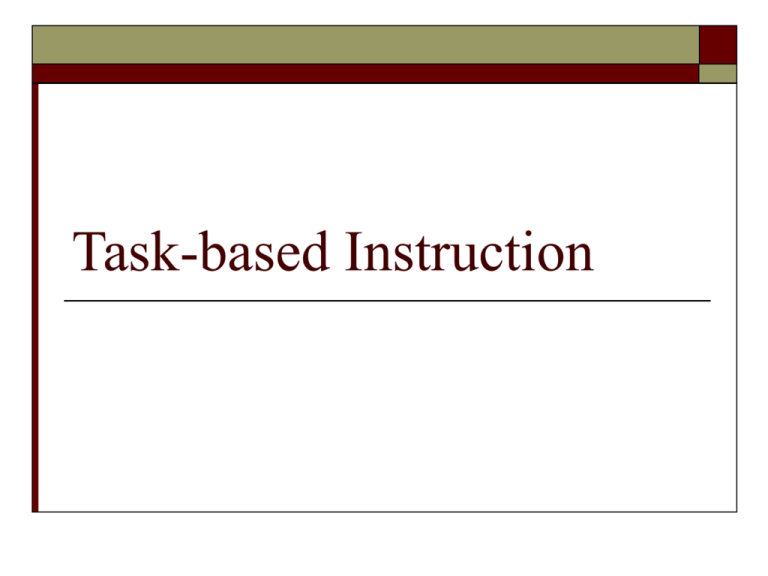
Task-based Instruction Aims to provide learners with a natural context for language use. Ss work to complete a task. Ss have abundant opportunity to interact. This interact facilitates language acquisition. By interacting, Ss have to check if they have comprehended correctly and get to listen to lang. beyond their ability. Do not focus on a particular function or a form of the language. Pedagogic focus on task completion instead of on the language used in the process. T uses a wide variety of linguistic forms to make context clear. Prabhu (1987)- 3 types of tasks Information-gap activity: exchange info. to complete a task. e.g.: Ss describe a picture for another S to draw. Opinion-gap activity: Ss give their personal preferences, feelings to complete a task. e.g.: topic on unemployment and be ask the solutions. Prabhu (1987)- 3 types of tasks (cont.) Reasoning-gap activity: derive new info. by inferring from info given. e.g.: Ss are given a railroad timetable and asked to work out the best route to get to a particular place. Work the best because it encourages a more sustained engagement with meaning. Project-based Approach 1st stage: in the classroom planning, collaboration w/ T, content, scope of the project. 2nd stage: outside the classroom Gathering necessary information- conducting interviews, taking photos, preparing visual materials. Project-based Approach (cont.) 3rd stage: Review the project monitoring work, receiving feedback from T. T works with Ss as a counselor , not the project director. Help Ss bridge the gap between language study and use. Conclusion Candlin and Murphy (1987): “The central purpose we are concerned with is language learning, and tasks present this in the form of a problem-solving negotiation between knowledge that the learner holds and new knowledge.”
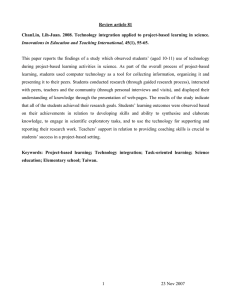
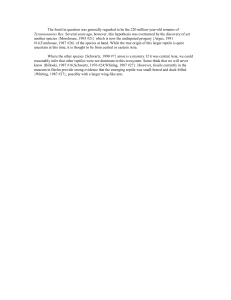
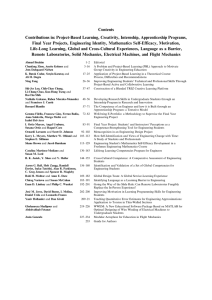
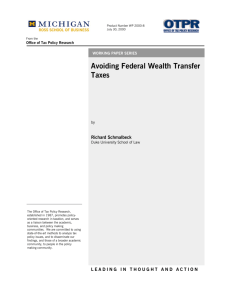
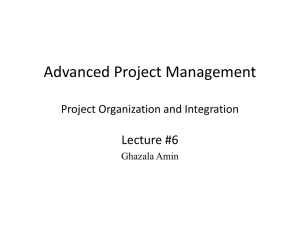
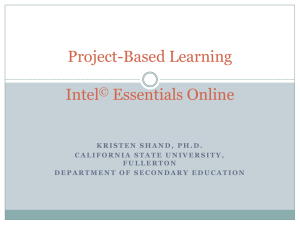


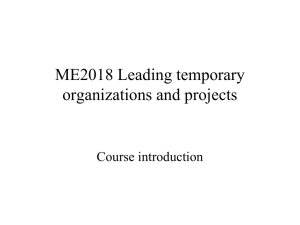
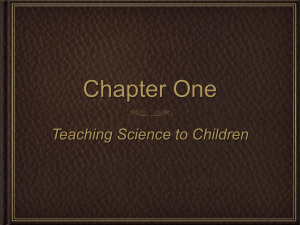

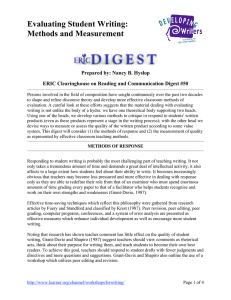
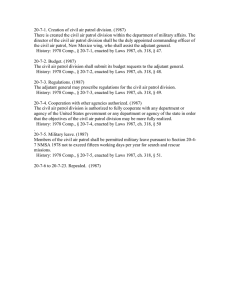

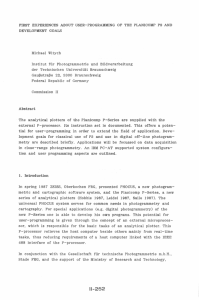

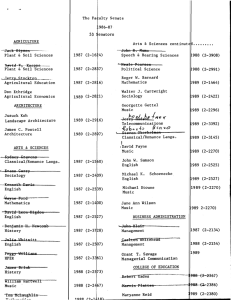
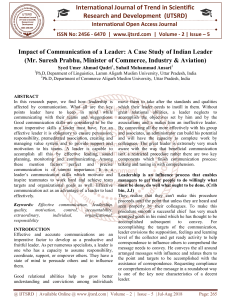
![Sculptures [slide] by Cynthia Dianne Barnes](http://s2.studylib.net/store/data/013509397_1-945353041bb2dd0aabb8a3013516adb2-300x300.png)
